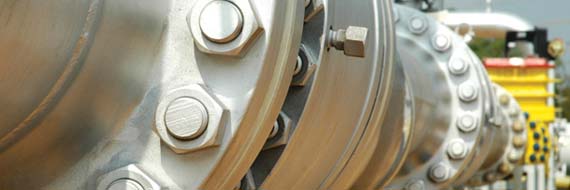RBI Softaware
RBI Software is a combined asset integrity management and risk-based inspection and maintenance tool that can be used for any oil, gas, or petrochemical facility.
Why RBI software is unique
What makes RBI Software one-of-a-kind is the immediate overview it provides of the current status of a facility – be it risk or technical integrity. RBI Software displays the technical and operational integrity of the individual asset of a facility. Similarly a colour-coding system displays the maintenance due date status of everything from a functional group and a tag down to individual pieces of equipment. This visualisation is realised by an easily understandable traffic-light system.
Customisable variety of application
RBI Software can be utilized as a one-off RBI equipment risk assessment software generating reports that identify the associated risk ranking of each piece of equipment, or as a fully integrated application that maintains equipment history, corrosion monitoring data, creep inspection data, consequence of failure data and probability of failure data and links drawings, photographs, and documents to equipment tag numbers.
Practical operator support
RBI Software improves the availability, reliability, maintainability, and efficiency of a facility by supporting the operator of a facility in many ways:
- registering and maintaining pieces of equipment and geographical locations in the asset register
- identifying critical components prone to damage or failure
- identifying failure mechanism
- helping to optimise inspection intervals by demonstrating a detailed view of an RBI study rather than presenting a black box
- developing a preventive maintenance strategy with timely inspection of components and prediction of remnant life contributing to improved availability
- facilitating decision making on repairing, replacing, condemning, or prolonging usage through fitness-for-purpose analyses
- recommending a corrective maintenance plan
- regularly updating historical data
- maintaining RBI study and AIM lifecycle documents, drawings, and pictures
Benefits
In the oil, gas and power industries mitigating risk to ALARP levels is not only vital to ensure compliance with legal requirements. It also brings significant everyday benefits:
- less unplanned downtime
- lower maintenance costs
- improved safety and environmental integrity
- extended plant life cycle
- optimised maintenance intervals
